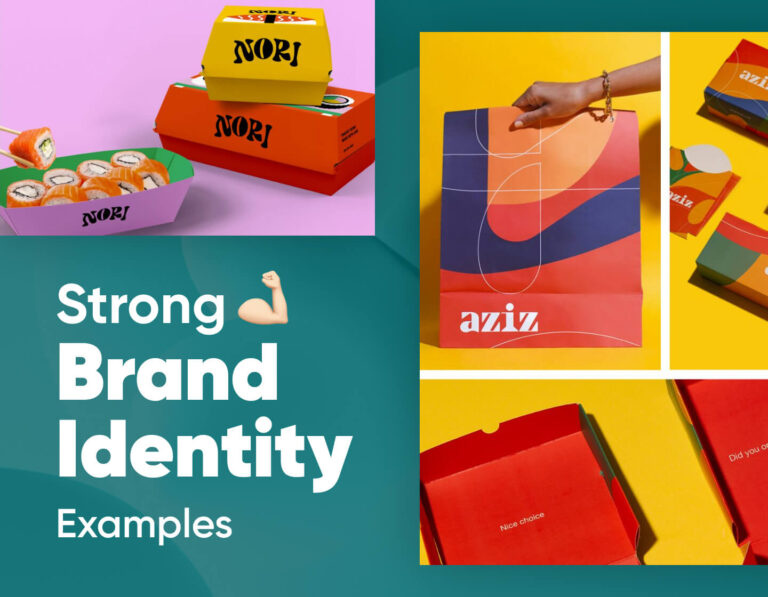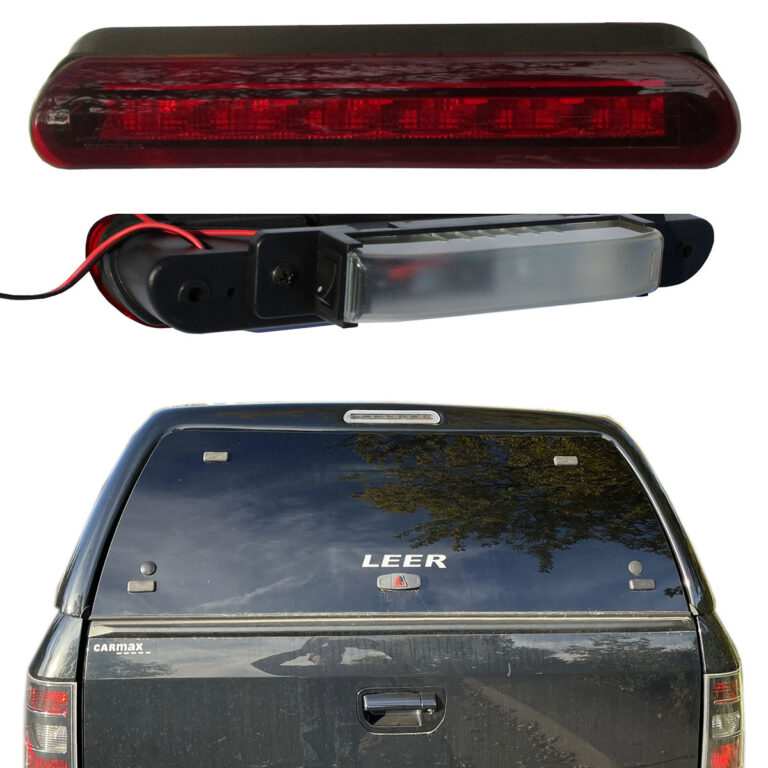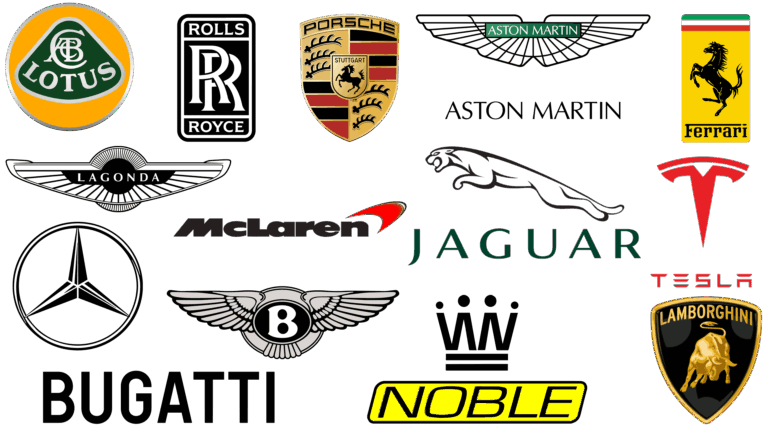Can You Only Lease Brand New Cars?
Can You Only Lease Brand New Cars? cars.truckstrend.com
Unpacking the Truth About Vehicle Leasing Options
For many, the idea of leasing a car conjures images of shiny, factory-fresh vehicles, equipped with the latest technology and protected by a full manufacturer’s warranty. This perception is largely accurate, as the vast majority of car leases do indeed involve brand new cars. However, the question, "Can you only lease brand new cars?" opens up a lesser-known but increasingly relevant facet of the automotive market. The short answer is no, you are not exclusively limited to leasing brand new vehicles. While less common and often more complex, opportunities to lease pre-owned vehicles or take over existing leases do exist, offering unique benefits and considerations. This comprehensive guide will delve into the nuances of car leasing, exploring the traditional new car lease model, the possibilities of leasing used vehicles, and other alternative options, providing you with the knowledge to make an informed decision that aligns with your financial and lifestyle needs.
Can You Only Lease Brand New Cars?
The Dominance of New Car Leases: The Traditional Model
The standard leasing model is undeniably built around brand new cars, and for good reason. When you lease a new car, you’re essentially paying for the depreciation of the vehicle over the lease term, plus a money factor (interest rate) and various fees.
Why New Car Leases Are So Prevalent:
- Predictable Depreciation: New cars have a predictable depreciation curve, making it easier for lenders to calculate residual values (the car’s estimated value at the end of the lease). This predictability is crucial for setting lease terms and payments.
- Manufacturer Support: Automakers often subsidize leases on new vehicles to move inventory, offer attractive incentives, and ensure a steady stream of customers for their latest models. These subventions can result in lower monthly payments compared to financing.
- Latest Technology and Features: Leasing a new car guarantees access to the most current safety features, infotainment systems, and performance enhancements.
- Full Warranty Coverage: New car leases typically align with the manufacturer’s bumper-to-bumper warranty, meaning most repairs during the lease term are covered, minimizing unexpected out-of-pocket expenses for maintenance.
- Lower Maintenance Costs: Newer vehicles generally require less maintenance beyond routine services like oil changes and tire rotations, contributing to a hassle-free ownership experience.

For consumers who enjoy driving a new car every few years, desire minimal maintenance worries, and prefer lower monthly payments compared to buying, new car leasing remains an attractive and straightforward option.
Beyond Brand New: The World of Used Car Leasing (Pre-Owned Leases)
While new car leases dominate the market, the landscape isn’t entirely exclusive. Yes, you can lease a used car, though the availability and terms differ significantly from new car leases.

How Used Car Leasing Works:
Leasing a used car operates on the same fundamental principle as new car leasing: you pay for the depreciation of the vehicle during the lease term, plus a money factor and fees. However, because a used car has already undergone its initial, steepest depreciation, the remaining depreciation over a shorter lease term can be less, potentially leading to lower monthly payments.
Types and Availability:
- Certified Pre-Owned (CPO) Leases: This is the most common form of used car leasing. Many luxury brands (e.g., BMW, Mercedes-Benz, Lexus, Audi) and some mainstream manufacturers offer CPO leasing programs. CPO vehicles have undergone rigorous inspections, reconditioning, and come with an extended manufacturer-backed warranty, making them more predictable and appealing for leasing.
- Dealership-Specific Programs: Some dealerships might offer their own used car leasing programs, especially for higher-end used vehicles that are just a few years old. These are less standardized and vary widely.
- Third-Party Leasing Companies: A few specialized leasing companies focus specifically on used car leases, often for vehicles that don’t qualify for manufacturer-backed programs. They might have more flexible criteria but could come with higher money factors.
Benefits of Leasing a Used Car:
- Lower Monthly Payments: Since a used car has already absorbed its initial depreciation, the remaining depreciation over the lease term is less, resulting in potentially significantly lower monthly payments than leasing a comparable new model.
- More Car for Your Money: You might be able to lease a higher trim level or a more luxurious model than you could afford new, staying within your budget.
- Potentially Lower Insurance: Insurance premiums for used cars are often lower than for new ones, as their replacement value is less.
- Shorter Lease Terms: Used car leases are often for shorter durations (e.g., 24-36 months) compared to new car leases (36-48 months), offering more flexibility.
Challenges and Considerations for Used Car Leasing:
- Limited Availability: Used car leasing options are far fewer than new car leases. Not all brands or dealerships offer them, and the specific models available for lease are limited.
- Less Predictable Maintenance: While CPO vehicles mitigate this, older used cars may require more maintenance or repairs outside of warranty coverage, which would be your responsibility.
- Higher Money Factors: Because used cars can be riskier for lenders, the money factor (interest rate) might sometimes be higher than on new car leases, offsetting some of the depreciation savings.
- Wear and Tear: Used cars already have some wear and tear. You’ll still be responsible for excessive wear and tear beyond normal limits at the end of the lease.
Lease Assumptions: Taking Over Someone Else’s Lease
Another way to drive a vehicle without committing to a brand new car lease is through a lease assumption, also known as a lease transfer. This involves taking over the remaining term of an existing lease from another individual.
How Lease Assumptions Work:
Platforms like Swapalease or LeaseTrader facilitate connections between individuals looking to get out of their leases and those looking to take over a lease. The process typically involves a credit check by the original leasing company, transfer fees, and assuming the existing terms, including mileage limits, remaining payments, and end-of-lease obligations.
Benefits of Lease Assumptions:
- Shorter Lease Terms: You only take over the remaining months of the original lease, which could be as short as 6-12 months, offering great flexibility.
- No Down Payment (Often): The original lessee typically made the initial down payment, so you often don’t need to. Sometimes, the original lessee even offers cash incentives to entice someone to take over their lease.
- Potentially Lower Payments: If the original lessee negotiated a great deal, you might inherit very attractive monthly payments.
- Avoid Initial Depreciation: The steepest depreciation has already occurred during the initial months of the lease.
Challenges of Lease Assumptions:
- Credit Check Required: You’ll still need to meet the leasing company’s credit requirements.
- Transfer Fees: There are usually administrative fees charged by the leasing company to process the transfer.
- Taking on Existing Wear and Tear: You inherit the car as is, including any existing wear and tear, and will be responsible for any excess wear at lease end.
- Limited Customization: You’re stuck with the car’s current features, color, and trim.
- Mileage Limits: You must adhere to the remaining mileage allowance. If the previous lessee used up a significant portion, you might have very limited miles left.
The Mechanics of Leasing: New vs. Used Comparison
Understanding the core components of a lease helps clarify the differences between new and used car leasing.
- Capitalized Cost (Cap Cost): This is essentially the selling price of the vehicle you’re leasing. For new cars, it’s the MSRP minus any negotiated discounts or incentives. For used cars, it’s the agreed-upon used car price.
- Residual Value: This is the estimated value of the vehicle at the end of the lease term. It’s a percentage of the MSRP for new cars and is less predictable but still calculated for used cars. Higher residual values lead to lower monthly payments.
- Depreciation: The difference between the capitalized cost and the residual value is the amount of depreciation you’re paying for. New cars depreciate fastest in their first few years, while used cars have already gone through that initial steep drop.
- Money Factor: This is the lease equivalent of an interest rate. It’s expressed as a very small decimal (e.g., 0.0025, which translates to an APR of 6%).
For a used car, because the initial capital cost is lower and the depreciation curve has flattened, the depreciation portion of your monthly payment can be significantly less, even if the money factor is slightly higher.
Important Considerations When Leasing Any Car (New or Used)
Regardless of whether you choose a new or pre-owned lease, several factors remain crucial for all leasing agreements:
- Credit Score: A strong credit score is paramount for securing the best lease terms and lowest money factors.
- Mileage Limits: All leases have annual mileage restrictions (e.g., 10,000, 12,000, or 15,000 miles). Exceeding these limits results in per-mile penalties (e.g., $0.15-$0.25 per mile). Be realistic about your driving habits.
- Wear and Tear: You’re responsible for maintaining the vehicle and returning it in "normal" condition. Excessive dents, scratches, torn upholstery, or unaddressed mechanical issues will incur charges.
- Insurance Requirements: Leasing companies typically require comprehensive and collision insurance with higher coverage limits than you might carry on a purchased vehicle, as they need to protect their asset.
- Early Termination Penalties: Breaking a lease early is almost always very expensive, often requiring you to pay the remaining payments, penalties, and the difference between the car’s market value and its residual value.
- End-of-Lease Options: At the end of the lease, you usually have three choices: return the vehicle, purchase it for the residual value, or lease another new vehicle.
Is Leasing a Used Car Right for You? Practical Advice
Leasing a used car, while not mainstream, can be a smart move for specific situations.
Who Benefits Most:
- Budget-Conscious Drivers: If you want a lower monthly payment than a new car lease or purchase allows.
- Those Seeking More Luxury for Less: Enables access to higher-end models that would be too expensive to lease new.
- Drivers with Shorter-Term Needs: Used car leases and assumptions often have shorter terms.
- Anyone Averse to Steep Initial Depreciation: You avoid paying for the most significant depreciation hit.
Tips for Finding a Used Car Lease:
- Start with CPO Programs: Check the websites of luxury brands and popular mainstream manufacturers for their Certified Pre-Owned leasing programs.
- Inquire at Dealerships: Don’t be afraid to ask dealerships about used car leasing options, especially for vehicles that are 1-3 years old.
- Explore Lease Assumption Sites: If flexibility and short terms are key, browse platforms like Swapalease.com or LeaseTrader.com.
- Compare Total Costs: Get quotes for new car leases, used car leases, and even purchasing the vehicle (new or used) to truly understand the best financial option for you.
Comparison Table: Leasing Options at a Glance
| Feature | Brand New Car Lease | Used Car Lease (CPO/Dealership) | Lease Assumption |
|---|---|---|---|
| Availability | Very High (Most models) | Limited (Primarily CPO, specific dealerships) | Highly Variable (Depends on active listings) |
| Monthly Payment | Moderate to High (due to initial depreciation) | Generally Lower (initial depreciation already passed) | Potentially Very Low (original deal, remaining term) |
| Down Payment | Optional, but can reduce monthly payments | Optional, but can reduce monthly payments | Often None (original lessee made it) |
| Warranty Coverage | Full Manufacturer Bumper-to-Bumper | Extended CPO Warranty (Manufacturer-backed) | Varies (Remaining original warranty, if any) |
| Maintenance | Minimal (routine services covered by warranty) | Potentially more than new, less than non-CPO used | Potentially more, depends on vehicle age |
| Latest Features | Guaranteed Latest Technology & Design | 1-3 Model Years Old, still modern | Varies widely based on original lease date |
| Flexibility | Standard 36-48 month terms | Shorter Terms (24-36 months) often available | Shortest Terms (6-24 months common) |
| Wear & Tear | Responsible for new damage beyond normal | Responsible for new damage beyond normal | Responsible for existing & new damage beyond normal |
| End-of-Lease | Return, Buy Out, Lease New | Return, Buy Out | Return, Buy Out |
| Credit Req. | High | High | High (for transfer approval) |
Frequently Asked Questions (FAQ)
Q1: Can I lease any used car?
A1: No, typically you can only lease specific used cars, usually Certified Pre-Owned (CPO) vehicles offered by manufacturers or select models through individual dealerships or third-party leasing companies. Very old or high-mileage cars are generally not eligible.
Q2: Is it cheaper to lease a used car than a new one?
A2: Often, yes. Because a used car has already gone through its steepest depreciation, the amount of depreciation you pay for over the lease term is lower, which can result in lower monthly payments compared to leasing a new car of the same model.
Q3: Are used car leases offered by all dealerships?
A3: No. Used car leasing is far less common than new car leasing. You’ll primarily find these programs at luxury brand dealerships for their CPO vehicles or through specialized third-party leasing companies. Always inquire directly.
Q4: What’s the typical term for a used car lease?
A4: Used car leases tend to have shorter terms than new car leases, often ranging from 24 to 36 months, though some might be as short as 12 months or as long as 48 months.
Q5: What happens if I go over mileage on a used car lease?
A5: Just like with new car leases, you will be charged a per-mile penalty for exceeding the agreed-upon mileage limit. Ensure your estimated annual mileage aligns with the lease terms.
Q6: Is a lease assumption risky?
A6: Lease assumptions carry some risks, such as inheriting existing wear and tear on the vehicle or a low remaining mileage allowance. However, they can also offer significant benefits like shorter terms and no down payment. Thoroughly inspect the car and review the lease terms before committing.
Q7: Do I need good credit for a used car lease?
A7: Yes, a good to excellent credit score is typically required for any type of car lease, including used car leases and lease assumptions. Lenders need to be confident in your ability to make payments.
Conclusion
The notion that you can only lease brand new cars is a widespread misconception, though it’s rooted in the reality that new car leasing is by far the most common and widely available option. While the allure of a pristine, technologically advanced vehicle with full warranty coverage makes new car leases highly attractive, the world of pre-owned leases and lease assumptions offers viable, albeit niche, alternatives.
Leasing a used car or taking over an existing lease can present unique advantages, primarily lower monthly payments and the ability to drive a more premium vehicle for less, or simply to enjoy a shorter commitment. However, these options come with their own set of challenges, including limited availability, potentially less predictable maintenance, and specific considerations regarding existing wear and tear.
Ultimately, the best leasing path depends on your individual priorities: your budget, desired vehicle features, tolerance for risk, and how often you wish to switch cars. By understanding the full spectrum of leasing opportunities, you can move beyond common assumptions and make a truly informed decision that puts you in the driver’s seat of the right vehicle for your needs.






